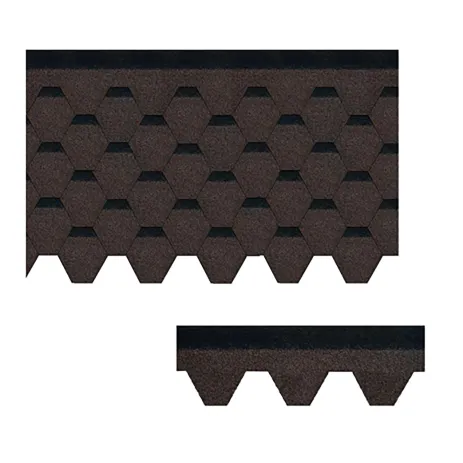
دېكابىر . 14, 2024 03:08 Back to list
installing asphalt shingles in winter
Installing Asphalt Shingles in Winter Tips and Considerations
Winter presents unique challenges for roofing projects, particularly when it comes to installing asphalt shingles. While many homeowners consider this season a less favorable time for such work due to cold temperatures and potential snow, it is possible to successfully install asphalt shingles during winter months with proper planning and precautions. Here, we outline key tips and considerations for undertaking this task.
Understanding the Challenges of Winter Installation
Cold weather can affect the performance of asphalt shingles and the installation process. The adhesive properties of the shingles are crucial for ensuring they adhere properly to the roof. Typically, asphalt shingles require certain temperatures to seal effectively. Most manufacturers recommend temperatures above 40°F (4°C) for optimal adhesion. If conditions are too cold, the shingles may not seal properly, leading to potential leaks and damage in the future.
Moreover, ice and snow can pose significant safety hazards during installation. Wet and icy surfaces increase the risk of slips and falls, making safety gear and precautions even more crucial during winter roofing projects.
Preparation is Key
Before starting the installation, thorough preparation is essential to mitigate issues associated with winter weather. Here are some steps you can take
1. Check the Weather Forecast Ensure you have a window of decent weather before committing to the installation. Look for a stretch of dry, sunny days with temperatures that fit within the manufacturer’s recommendations.
2. Inspect the Roof A thorough inspection will help you identify any underlying issues that must be addressed before roofing begins, such as damaged decking or inadequate insulation. This inspection is especially important during winter when existing problems can be obscured by snow or ice.
3. Use the Right Materials Always choose shingles designed for cold weather installation. Some shingles feature modified adhesives that allow for better performance in low temperatures.
installing asphalt shingles in winter

Installation Techniques for Cold Weather
When installing asphalt shingles in winter, adjust your installation techniques to accommodate the conditions. Here are some methods to consider
1. Warm the Shingles If temperatures are significantly low, consider warming the shingles before installation. Storing them in a warm place or using a heat gun can help them become more pliable and effective during the sealing process.
2. Overlap Properly Pay special attention to the overlapping of shingles to ensure they are well secured. Overlapping properly helps prevent wind uplift and protects against leaks.
3. Use Increased Fasteners Consider using more fasteners than usual during winter installations to help hold the shingles in place until they seal. This extra security can be vital in colder conditions.
4. Work Efficiently Plan your work schedule to maximize daylight hours. The shorter days of winter can limit the time available for outdoor work, so efficiency is crucial.
Post-Installation Care
After the installation, monitor the roof more closely during the first few weeks. Look for any issues that could arise from the cold conditions, such as improper sealing. If you suspect a problem, consult with a roofing professional to examine the installation.
In conclusion, while installing asphalt shingles in winter requires careful planning and adaptations, it is entirely feasible. By understanding the challenges, preparing adequately, and using proper installation techniques, you can achieve a successful roofing project that stands the test of time, even in the coldest months.
-
Asphalt Shingle Roof Cost per Sq Ft Affordable Replacement Quotes
NewsMay.23,2025
-
Asphalt Roofing Price per Square Best Rates & Durable Shingles
NewsMay.23,2025
-
Durable 3D Duroid Roofing Shingles - Weather-Resistant & Stylish
NewsMay.23,2025
-
Premium Flat Floor Tiles Durable Roof & Interior Solutions
NewsMay.22,2025
-
Double Roman Roof Tiles Sale - Best Prices on Durable Concrete Tiles
NewsMay.22,2025
-
100-Year Durable Asphalt Shingles (100 Sq Ft) Long-Lasting Roofing
NewsMay.22,2025







